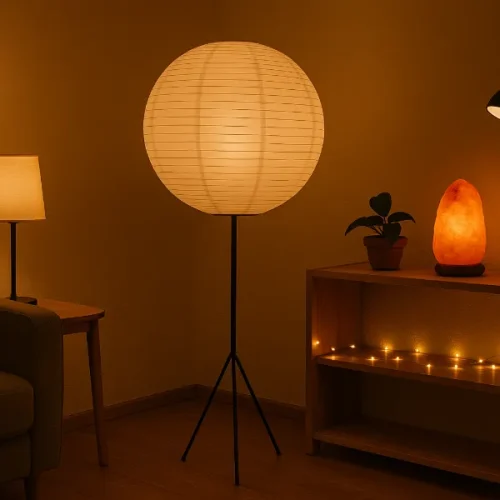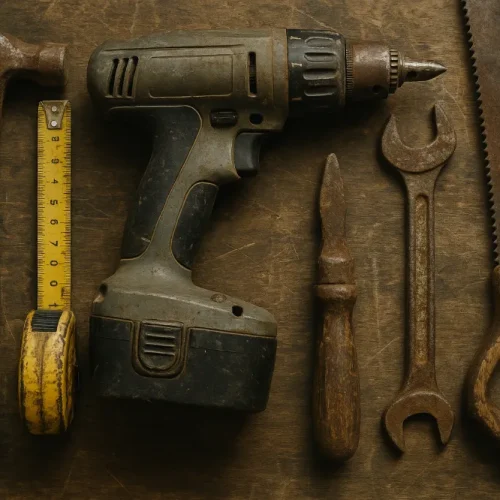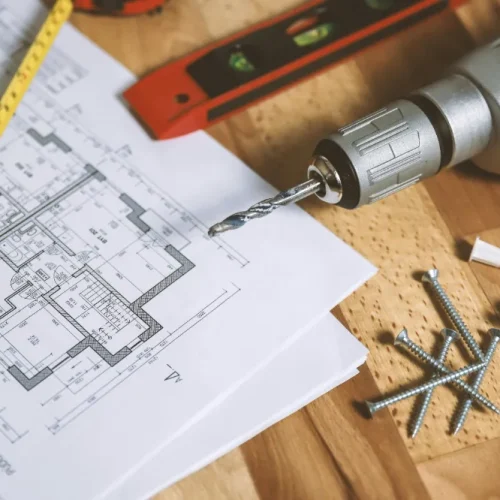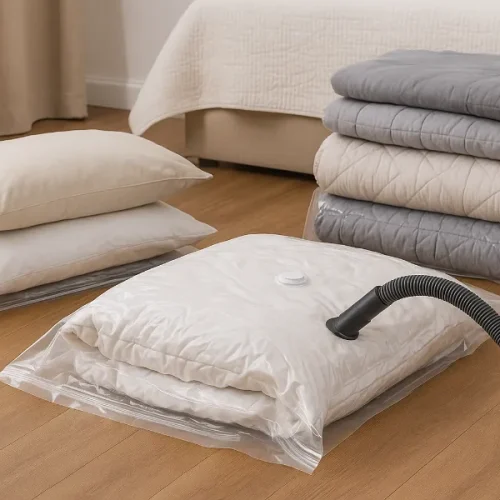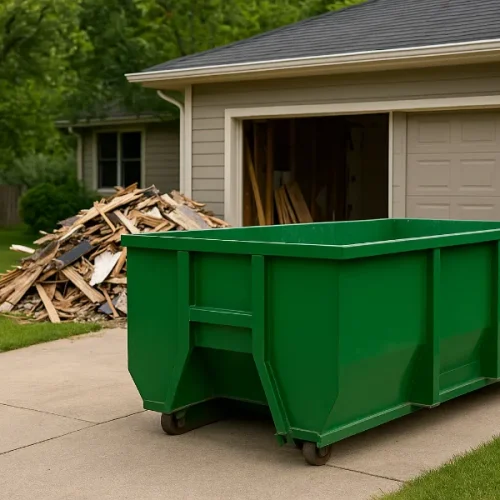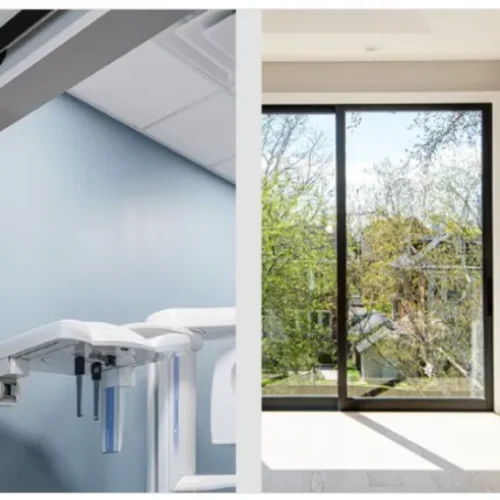
Step into a house, and the very first space you encounter often sets the tone for the entire home. This transitional spot is what many people call the foyer. But what is a foyer in a house, really? Is it just a fancy name for an entryway, or does it serve a more defined role? The foyer has a rich history, evolving functions, and design possibilities that make it one of the most fascinating spaces in any home. Whether your house has one or not, understanding the foyer is key to creating a welcoming atmosphere right from the front door.
What is a Foyer?
At its simplest, a foyer is the space you walk into immediately after entering a house. Think of it as a bridge between the outside world and the private interiors. Unlike a hallway or living room, a foyer isn’t designed for long stays—it’s more about transition, first impressions, and flow.
In traditional architecture, foyers often functioned as formal reception areas. Guests were welcomed, coats were hung, and introductions happened here before moving deeper into the home. In modern houses, the foyer is still a greeting zone, but it’s also a stage-setter for style and function.
Foyer vs. Entryway vs. Vestibule
These terms often overlap, but they aren’t identical.
- Entryway: A general term for any space by the front door, whether it’s large or small.
- Vestibule: Typically a smaller, enclosed space, often designed to block outdoor air from rushing into the main living space.
- Foyer: Traditionally larger and more decorative, serving as a formal introduction to the home.
So while every foyer is an entryway, not every entryway qualifies as a foyer.
The History of the Foyer
The word “foyer” comes from the French word for “hearth” or “fireplace.” In grand European homes and theaters, the foyer wasn’t just a pass-through. It was where guests lingered, socialized, and often admired the architecture.
In American homes of the 18th and 19th centuries, foyers reflected social standing. They were spacious, often adorned with staircases, chandeliers, and decorative flooring. A guest could tell a lot about a family’s taste and status before even stepping into the parlor.
As home design shifted toward practicality in the mid-20th century, the foyer became less formal but still held symbolic importance. It remained a place to greet, prepare, and transition.
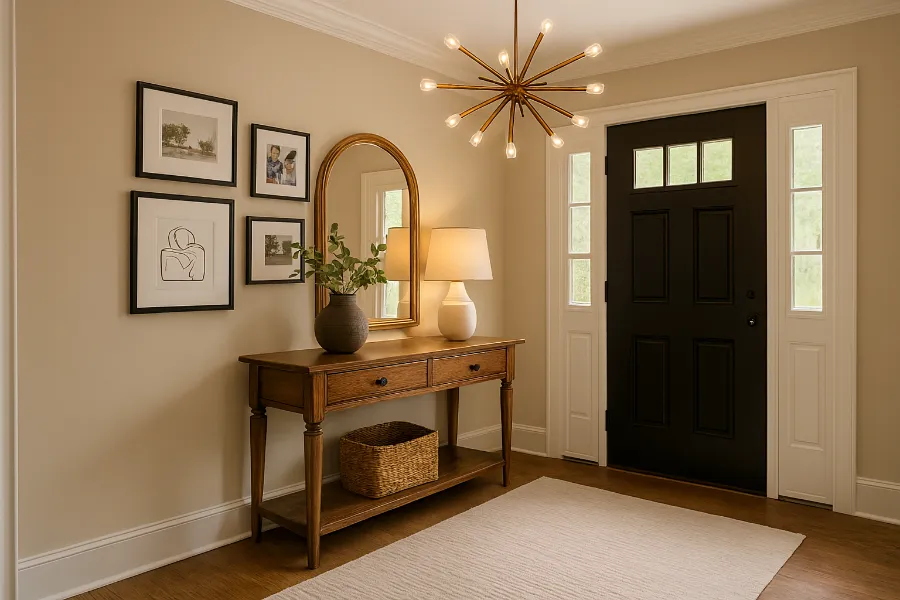
The Modern Role of the Foyer
Today, foyers vary widely depending on the style of the home. In some newer open-concept houses, they may be reduced to a small entryway with little distinction from the living room. In others, particularly larger or traditional homes, the foyer remains a spacious, purposeful area.
Why Foyers Are Less Common Now
Open-plan living has blurred boundaries. Instead of walking into a clearly defined foyer, you may step straight into the living or dining area. This design maximizes space but can sacrifice the sense of formality and transition that a foyer provides.
Still, many homeowners are reclaiming the foyer’s importance—not just for style but for function.
Key Elements Every Foyer Needs
No matter its size, a foyer benefits from a few essential features that make it practical and welcoming:
- Storage: A coat closet, hooks, or a console table with drawers keeps jackets, bags, and keys organized.
- Seating: A small bench or chair makes it easy to put on or remove shoes.
- Lighting: Chandeliers, pendant lights, or wall sconces create ambiance and help the space feel intentional.
- Mirrors: Perfect for last-minute checks before heading out, while also making the space look larger.
- Rugs or Flooring: Durable, easy-to-clean surfaces protect against dirt and moisture from outdoors.
These elements turn a foyer from a pass-through into a functional, stylish introduction to the home.
How to Decorate a Foyer
Decorating a foyer is both fun and challenging. Since it’s the first impression of your home, it deserves attention without becoming overstuffed.
- Choose a focal point: A statement light fixture or large mirror creates instant impact.
- Add personality: Family photos, artwork, or decorative bowls give guests a sense of who lives here.
- Keep it uncluttered: The foyer should feel inviting, not chaotic. Avoid piling shoes, coats, or random mail in sight.
- Play with scale: High ceilings? Add a chandelier. Small space? Use slim furniture and vertical wall hooks.
Common Mistakes to Avoid
- Over-decorating with too many small items.
- Using rugs that are too small or slippery.
- Ignoring lighting—dim foyers can feel unwelcoming.
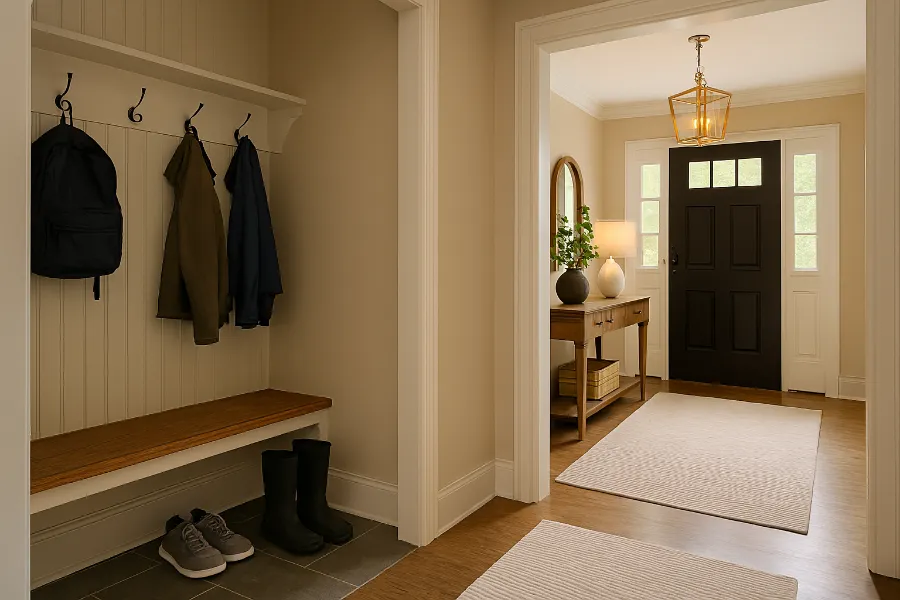
Foyer vs. Mudroom
Many homeowners confuse the foyer with the mudroom, but they serve different purposes.
- Foyer: Formal, decorative, for guests and first impressions.
- Mudroom: Informal, practical, designed for daily family use (shoes, coats, backpacks, sports gear).
Some homes have both—a mudroom at the side or back entrance for the family, and a foyer at the main entrance for guests.
How to Create a Foyer if You Don’t Have One
Not every home comes with a built-in foyer. The good news? You can create one with clever design tricks:
- Define the space: Use a large area rug to visually separate the entry from the living room.
- Furniture placement: A console table, mirror, or coat rack instantly signals “this is the foyer.”
- Lighting: Add a pendant light or lamp right near the door to establish boundaries.
- Screens or partitions: In open layouts, a decorative screen can create the feeling of a foyer.
Even the smallest apartments can benefit from this approach.

Why the Foyer Still Matters
A foyer isn’t just about tradition. It’s about how a home welcomes both guests and the people who live there. Even in small spaces, setting aside a spot to hang a coat, drop keys, and take a breath after walking through the door creates order and warmth.
It’s the handshake of the home. The preview before the story. And while home design may evolve, the foyer’s role in making an entrance unforgettable never disappears.



